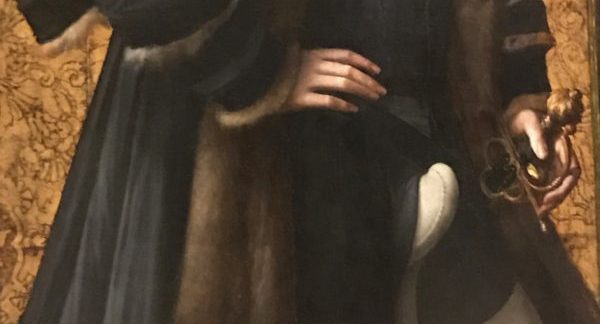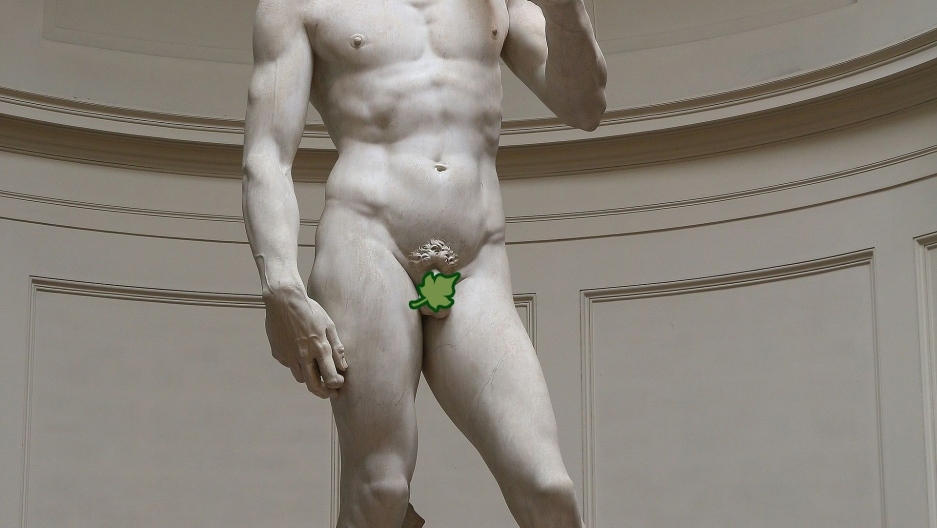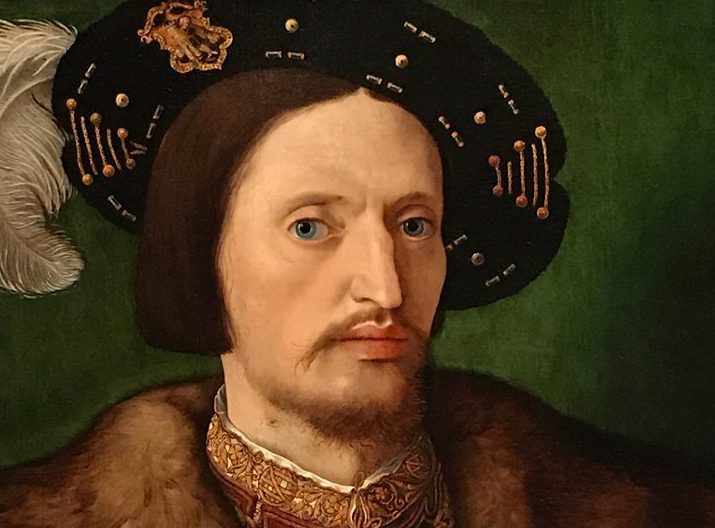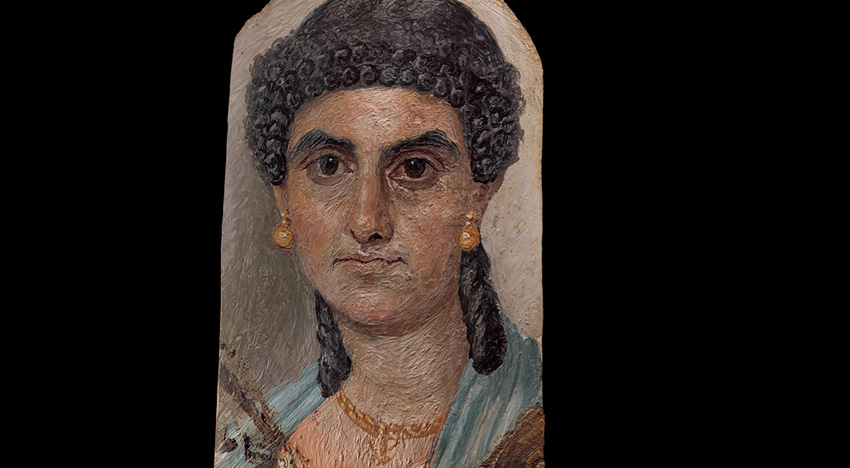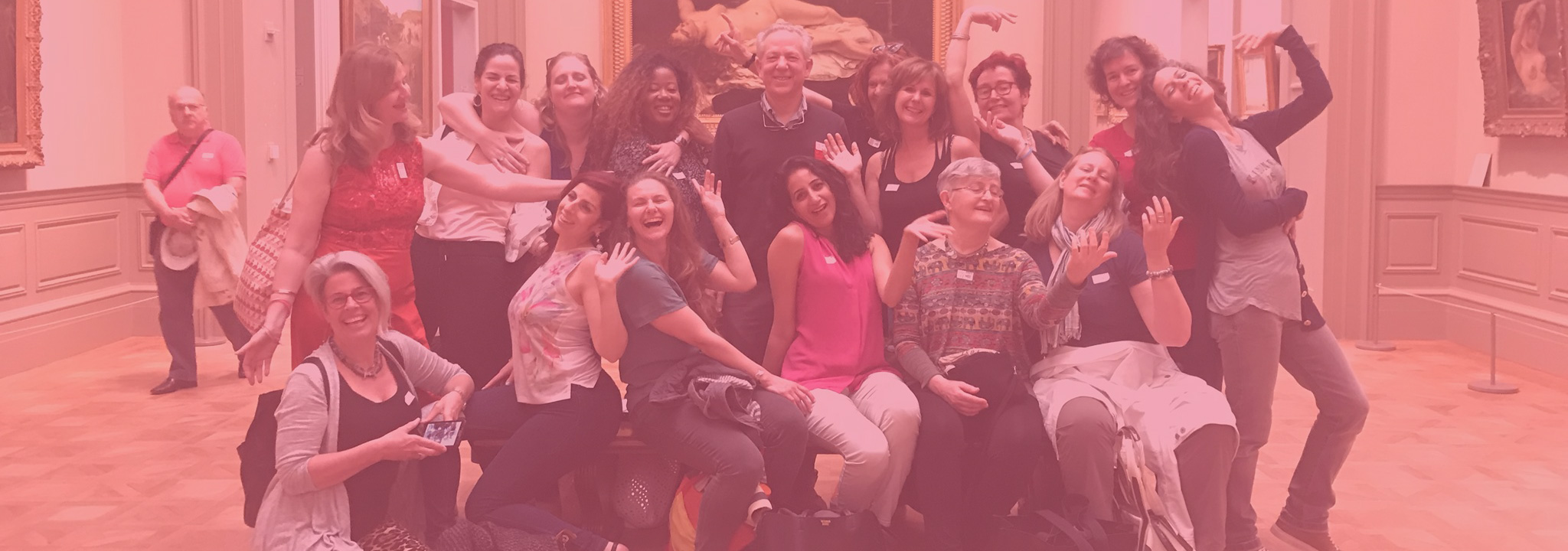
beauty standards
23 Apr Watch: The Tragic Story of Audrey Munson
Posted at 01:48h in art history, beauty standards, fashion, fashion history, Metropolitan Museum, Shady Ladies, Women's History
Not many people know Audrey Munson by name—but if you’ve spent any time in New York City, you’ve seen her face. Munson’s likeness tops some of the city’s grandest buildings. Even when she is remembered, it’s often for the more scandalous and tragic events in...
10 Dec Audio: Studio 360’s Kurt Andersen Interview with Andrew Lear
Why is contemporary culture obsessed with how well-endowed men are, and yet in classical art men are so small? Kurt Andersen unravels the mystery with a classics scholar, Andrew Lear. Book A Tour Here | Gift A Tour Here...
17 Aug Highlight from our fashion and beauty tour
As you walk around any museum, you will see portraits that include far more fashion than person. Here is a great Renaissance gentleman with the vast mink collar, his elegant double brocaded with gold thread, his two gold chains, his beautifully manicured hands and probably...
14 Dec Fashion History in Art
Posted at 22:42h in art history, beauty standards, courtesans, fashion, fashion history, Metropolitan Museum, Shady Ladies, Women's History
We have been giving fashion history tours at the Metropolitan Museum for several months now, and the more we work on them, the more we see that fashion history is probably the biggest theme in the entire museum. If you think about it, you might think thathttps://shadyladiestours.com/fashion-and-beauty-tour/beauty—human beauty—is the biggest theme in the art history. But if you look carefully at the beautiful people in the museum, you will see that (aside perhaps from the Greek male nudes), the person's features are only a secondary aspect of the images. It isn't their natural beauty that makes people beautiful in art. Instead, the artworks focus on many other aspects of the beautiful person: on hairdos and make-up and jewelry and clothing and accessories and shoes. In short, human beauty in art consists not of beautiful features, but of costume or fashion.


